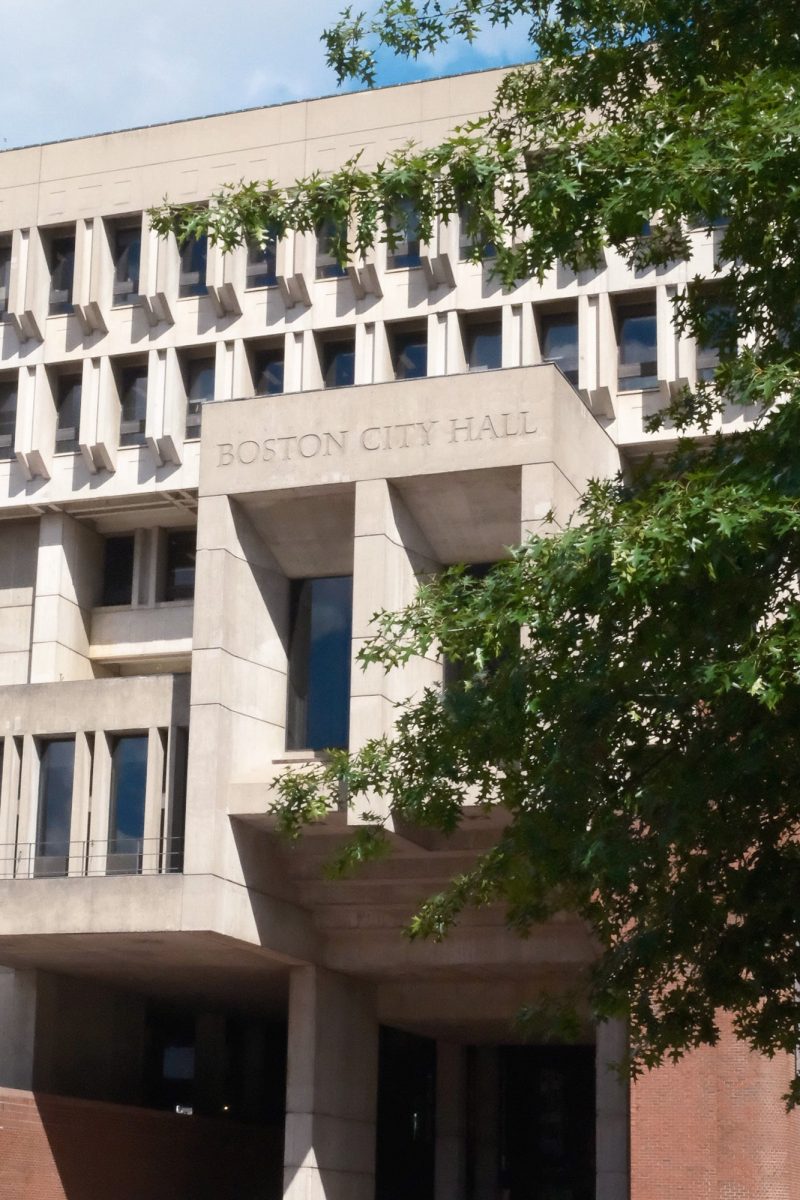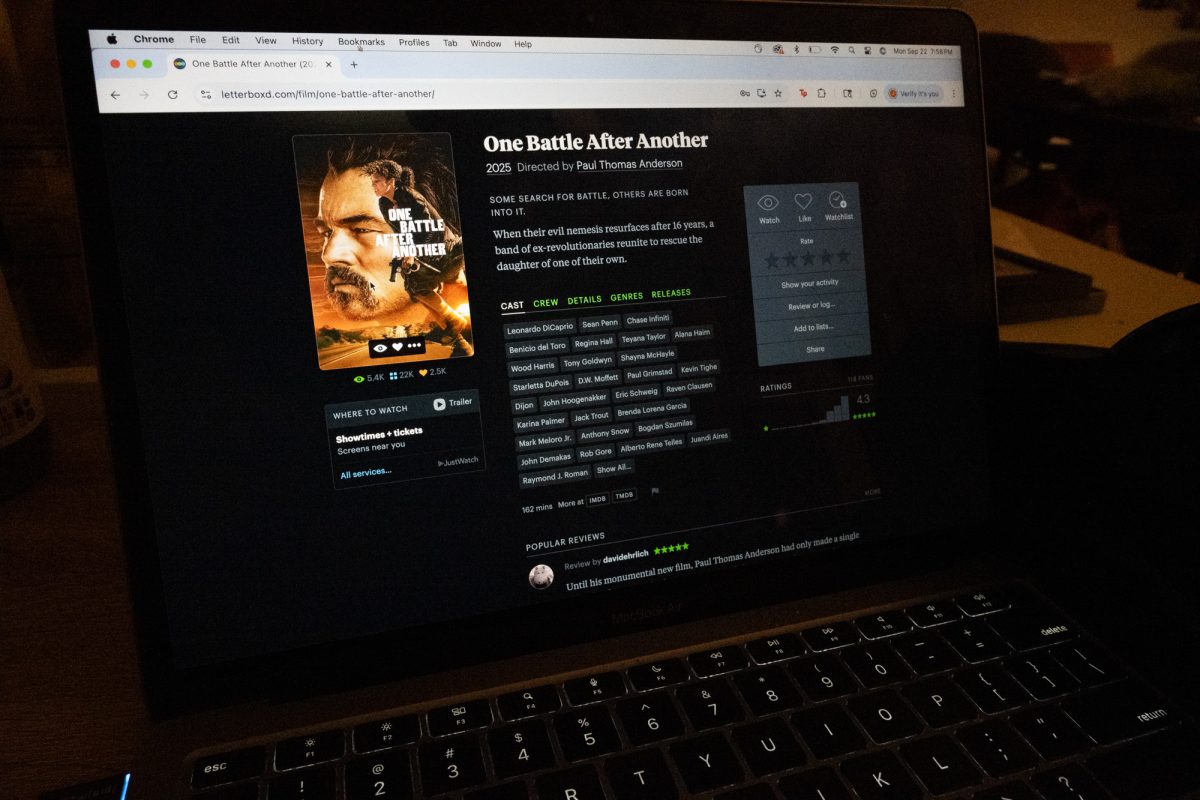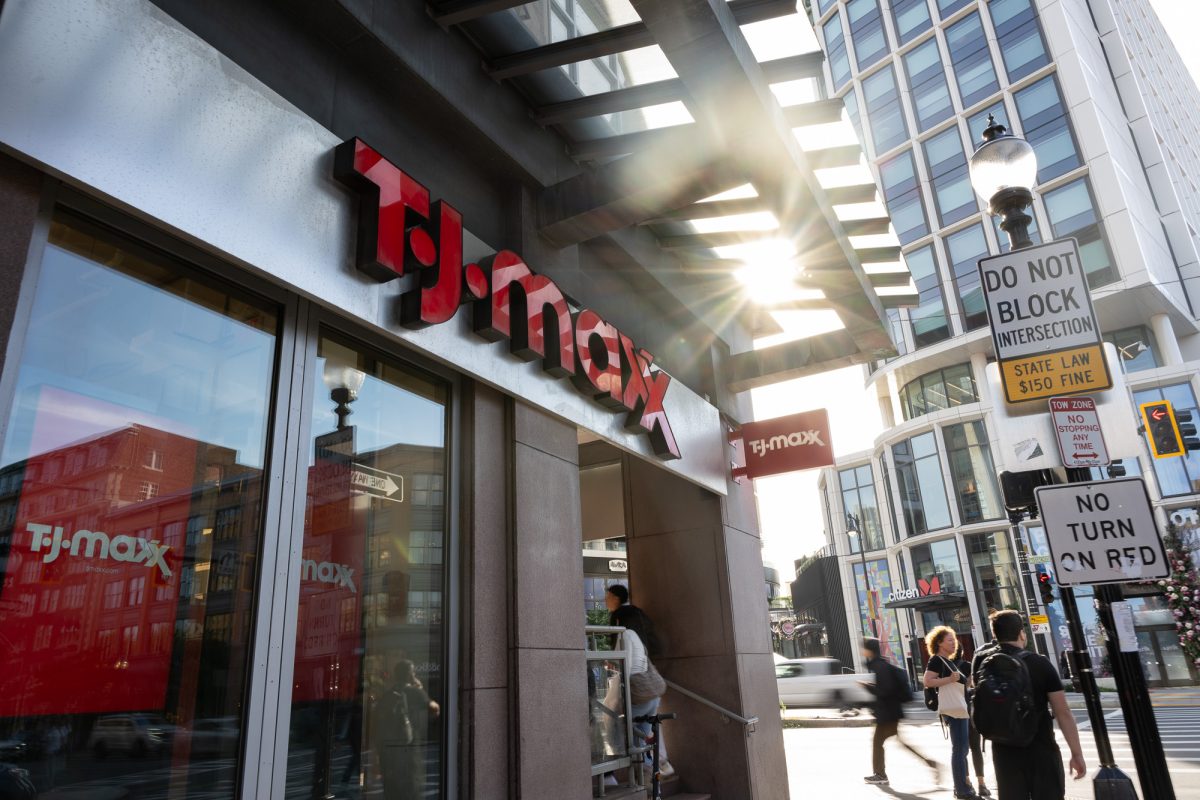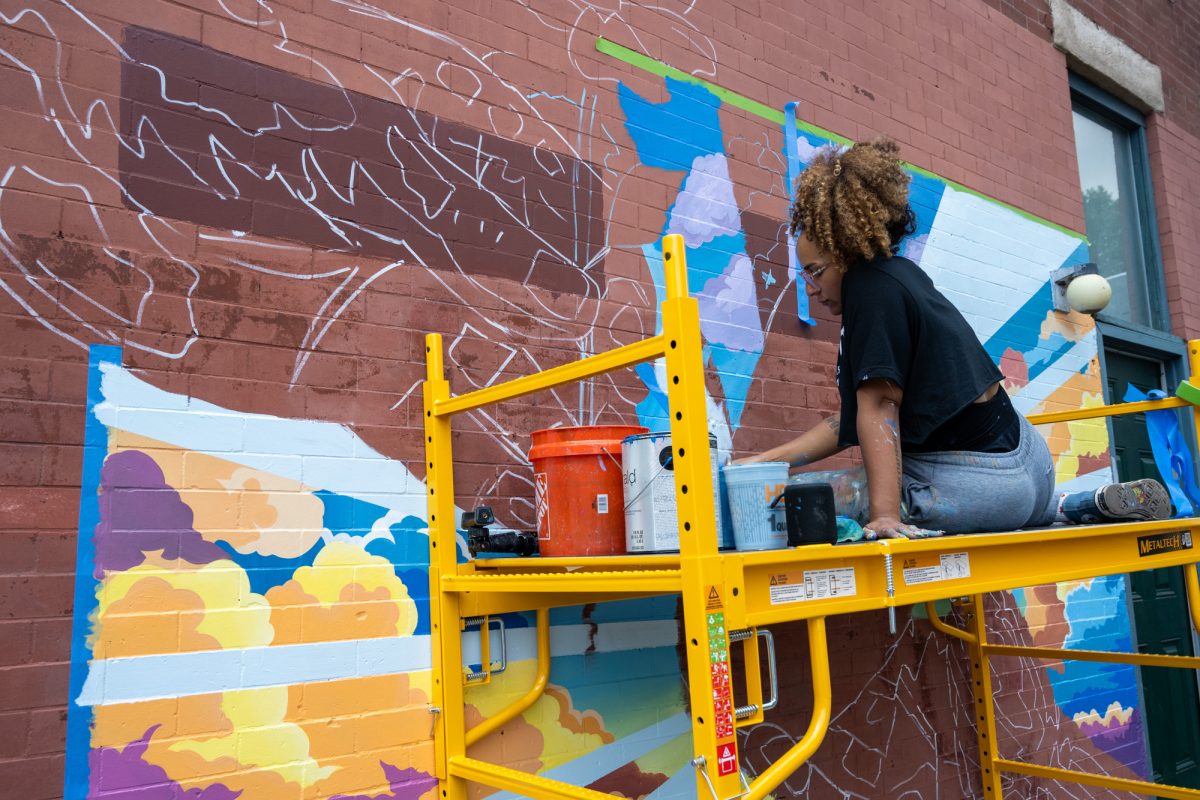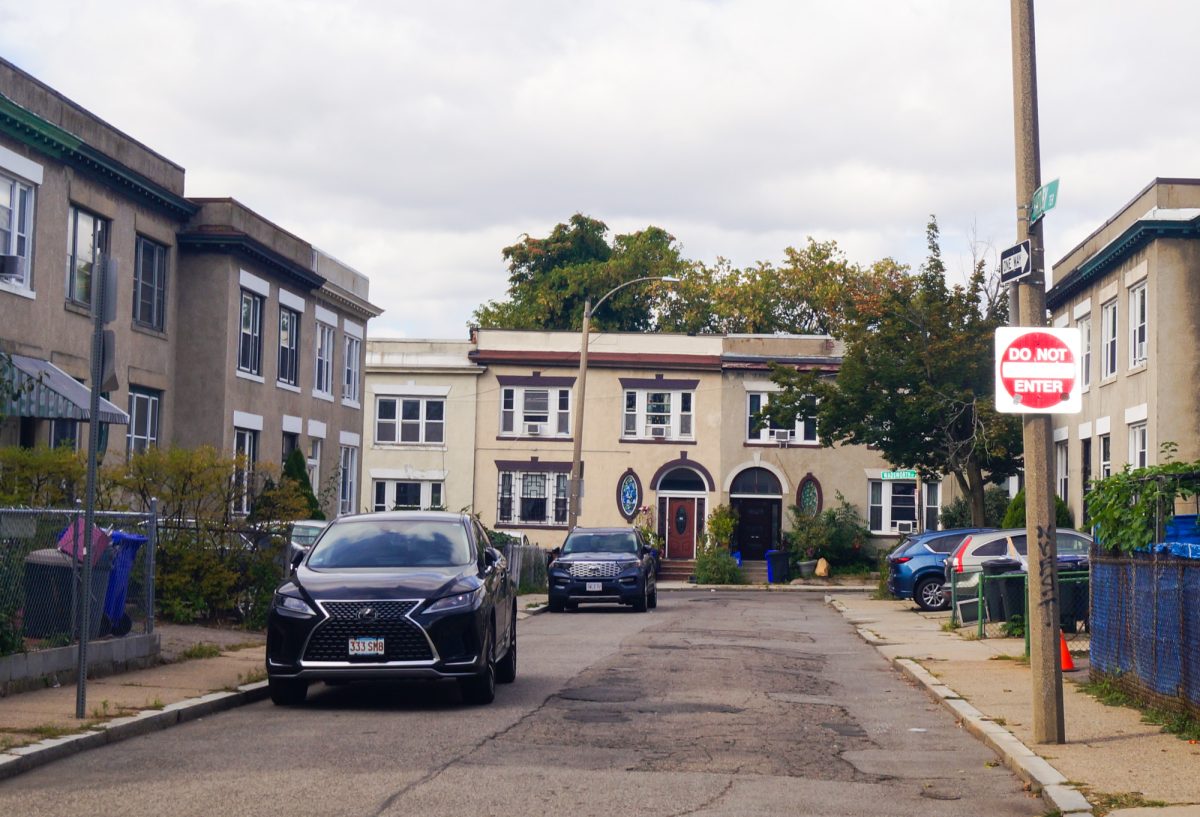For the first time in Massachusetts’s history, any registered voter can vote early in both the primary and general elections, as well as use absentee ballots.
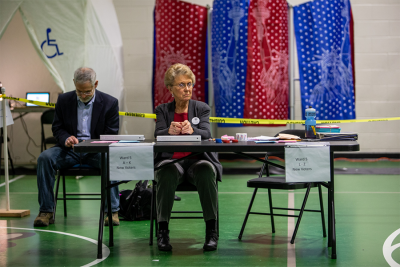
Gov. Charlie Baker signed legislation on July 6 to make voting safer and more accessible amid the coronavirus pandemic.
At least 35 other states have also modified their mail-in voting systems, according to Ballotpedia.
Beth Huang, executive director of Massachusetts Voter Table, a non-profit that works to increase voter engagement, said this is an important step in maintaining a fair democracy.
“We believe that no one should have to choose between their health and their right to vote,” Huang said.
Alex Keyssar, professor of history and social policy at Harvard Kennedy School, said it’s important to take advantage of accessible voting, especially now.
“I think the reasons for being active for voting and being active to try to encourage voting this year is quite obvious,” Keyssar said. “The direction of the country seems to be at stake and if one cares about that, then it’s important to vote.”
How to register to vote
Before you can vote in-person or request an absentee ballot, you must first register to vote.
Although 21 states have same-day voter registration, many states require voters to register in advance of election dates.
Erin O’Brien, associate professor of political science at University of Massachusetts Boston, said it’s important to check your state’s registration deadlines to ensure you’ll be eligible to vote.
“We know that the registration barrier is the biggest impediment to voting, that in many countries you’re automatically registered,” O’Brien said. “The fact that we divide registration from voting, that’s an incredible impediment.”
Massachusetts residents must be registered by Aug. 22 to vote in the state’s primary and Oct. 24 for the general election.
In most states, you must be 18 years old to register to vote. But some states, Massachusetts included, allow voters to pre-register at as early as 16 so they automatically become a registered voter at 18.
For those deciding between registering to vote in the state they go to college in versus their permanent residential address, Huang said either choice is valid and ultimately up to the student.
“It’s wherever they feel is where their political home is,” Huang said. “It’s the place where they feel more connected, so if that’s here in Massachusetts, great. If that’s back home, that’s also good.”
Find out how to register in your state here. If you’re not sure whether you’re already registered to vote, check your status here.
How to vote
For first-time voters unsure of where to start, Huang said a helpful first step is finding issues they care about to create purpose in their voting.
“Identify why voting might matter to them,” Huang said. “Is it the high cost of college tuition? Is it that their public campus does not have a clear reopening plan that puts students, staff and faculty first? Is it that climate change is going to doom us sooner than we think?”
Next, voters should make the connection between the issues they care about and what’s actually on the ballot, Huang said, adding that it’s easier to make your voice heard in local elections.
O’Brien said youth voters have the power to make significant change.
“If youth turned out at the same rate as the elderly, [issues like] policy, student loan debt, minimum wage laws, those would look different,” O’Brien said. “Politicians respond to the constituencies that turn out. Your vote definitely matters.”
Although the presidential election is important, Huang said there is so little voter turnout that one vote has three times more impact in a primary and five to six times more impact in a local election than the general election.
Regardless of the type of election, Huang said the third step is to make a plan.
“Are they going to vote by mail, which I think is the safest option, are they going to vote early or are they going to vote on election day?” Huang said.
In the age of absentee voting, it’s important to note where you’re registered to vote and where you currently reside, Huang said.
“People need to update their registration so that they can vote wherever they’re living on Nov. 3,” Huang said.
Lastly, youth voters should reach out to their peers to encourage more civic engagement, which Huang called “vote tripling.”
“It could mean getting all their roommates to vote. It could mean getting people in your intramural Ultimate Frisbee club to vote,” Huang said. “Can you get three other people to vote with you?”
How to get an absentee ballot
Under the new voting bill, every registered voter in Massachusetts will be mailed a ballot if they were registered prior to July 1. From there, they can choose whether they want to vote by mail or in person.
All Massachusetts voters should receive their primary ballot in the mail by July 15 and return them — either by mail or in-person — by 8 p.m. on Sept. 1. General election ballots should arrive to voters by Sept. 14 and will be accepted until 5 p.m. Nov. 6.
Applications for an absentee ballot should be sent “at least 2-3 weeks” before the election date to accommodate for mailing time, according to the Massachusetts Secretary of the Commonwealth website.
However, this new system is not immune to fault. New York had a similar vote-by-mail system that left nearly 30,000 of the city’s voters without a ballot the Saturday before the primary election on June 23.
“[They] had to vote in person instead of being able to cast their ballot safely from their own home,” Huang said. “We are concerned with equity issues and the ability of voters of color, renters, young people and limited-English-proficiency voters accessing safe elections this fall.”
Keyssar said voter suppression tactics can disproportionately harm voters depending on where they live.
“There has been an increase in voter suppression over the last 20 years,” Keyssar said. “Certainly, there has been an increase in the deployment of voter suppression tactics in many parts of the South.”
But in Massachusetts as well, Huang said, election dates are not conducive for most people under the age of 35.
“Sept. 1 is generally moving day,” Huang said. “We have set up our elections calendar in a way that is unfavorable to ensuring that young people vote in both the primary election and the general election.”
Beyond the date, young people have to update their voter registration every time they move, which O’Brien said can be challenging.
“You’re more likely to be transient when you’re younger,” O’Brien said. “You move from apartment to a different apartment or you go to college [and] register to vote in your home state.”
COVID-19 presents still more challenges for youth voters, Huang said.
“It’s undeniably really tricky this year,” Huang said, “because it’s really hard to predict whether and when another rapid spread of COVID-19 will happen.”
For college campuses, some student voters may be left scrambling to re-register their address if COVID-19 cases spike, Huang said.
“In a worst-case scenario, campuses will shut down in October because COVID-19 is surging again,” Huang said. “Then people will need to update their registration so that they can vote wherever they’re living on Nov. 3.”
If a student will be living in a different location from where they’re registered to vote, they can request an absentee ballot.
“You have to have an excuse,” O’Brien said. “One of the excuses is that you are going to be out of your city or town on the day of the election.”
Regardless of the means of voting, Huang said, it’s important to vote. In local elections, such as the Massachusetts primary election coming up in September, it can be easy to swing the vote with increased participation.
“Really every single vote matters,” Huang said. “Your roommates, your friends or other members of clubs that you’re in [can make up] actually the margin of victory in some of these campaigns.”



